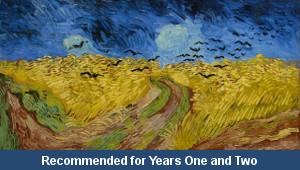Home > Key Stage One > Maths > Measurement > Capacity > Fractions
Fruit Drinks

This maths teaching pack for Key Stage One gets the children to explain and record how to divide pictures of cup shapes to illustrate their different capacities using a range of matching words to indicate their sizes in fractions.
The class can practise making cocktails of drinks using fruit juices to match the listed fractions for each drink when filling some matching equal sized cups from bottles.
Download this teaching pack including classroom activities and an interactive presentation to explain and record how to divide pictures of cup shapes to illustrate their different capacities using a range of matching words to indicate their sizes in fractions
Activities in this teaching pack include a set of differentiated worksheets to record how to divide illustrations of cups to illustrate their capacities using fractions for quarters for support ability levels, for quarters and thirds for core ability levels and for thirds and fifths for extension ability levels.
The interactive presentation gets the children to explore how to divide illustrations of cups to illustrate their capacities using a range of different fractions.
This lesson is part of a maths scheme of work to get the children to identify and record the matching capacities of different sized bottles when using fractions to describe and compare how much liquid each bottle can hold. There are teaching activities for shared learning, differentiated worksheets to support independent learning and interactive presentations to introduce concepts and key skills.
-

Mother Nature
Explore how mother nature can provide nourishment, protection and support to all living things in different habitats and environments
-

Digraphs Word Sums
Investigate the spellings and meanings of different sets of words with a range of initial consonant digraphs
-

Van Gogh
Investigate and replicate the work and painting style of a famous artist from the past by producing a matching landscape of the school building
-

Harbour Labels
Practise structuring and formatting different word processed documents to describe a range of ships and boats seen in a harbour
